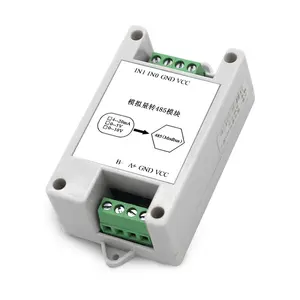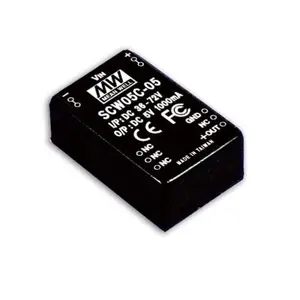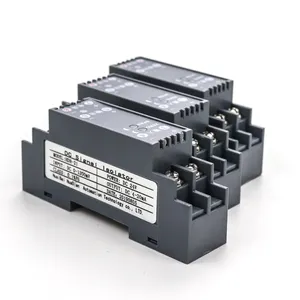Understanding 4-20mA Analog Converters
The 4-20mA analog converter stands as a pivotal component in industrial and electronic applications, translating analog signals to a more universally recognized current range. This device is crucial for accurate signal processing and is widely utilized in various monitoring and control systems.
Types and Applications
There are several types of 4-20mA converters, each designed to cater to specific applications. The ADS1115 4 20mA module, for instance, is known for its precision in reading from 4-20mA sensors, making it suitable for intricate data acquisition tasks. These converters are commonly employed in industrial environments, including automation, manufacturing, and process control, where they serve as reliable interfaces between field instruments and control systems.
Features and Materials
A 4-20mA analog converter is typically characterized by its robustness and stability. The materials used in manufacturing these converters are selected based on their durability and ability to withstand harsh industrial conditions. Features may include signal isolation, loop-powered interfaces, and compatibility with a wide range of sensors and input devices.
Advantages of Using 4-20mA Converters
The use of a 4-20mA analog converter comes with several advantages. These devices ensure signal integrity over long distances, minimizing the risk of electromagnetic interference. Moreover, the inherent design of the 4-20mA signal allows for easy detection of circuit anomalies such as wire breaks. The converters also facilitate seamless integration with existing industrial protocols and equipment.
Choosing the Right Converter
Selecting the appropriate 4-20mA converter is essential for optimal performance. Factors to consider include the specific requirements of the 4-20mA sensors in use, the environmental conditions, and the desired accuracy. Converters like the ADS1115 for 4-20mA sensors are often sought after for their high-resolution output and compatibility with microcontroller-based systems.
Integration with Systems
Integrating a 4-20mA analog converter into a system requires understanding the converter's specifications and the system's requirements. It is important to ensure that the converter is compatible with the sensors and the control equipment to achieve a harmonious and efficient operation.









































 浙公网安备 33010002000092号
浙公网安备 33010002000092号 浙B2-20120091-4
浙B2-20120091-4